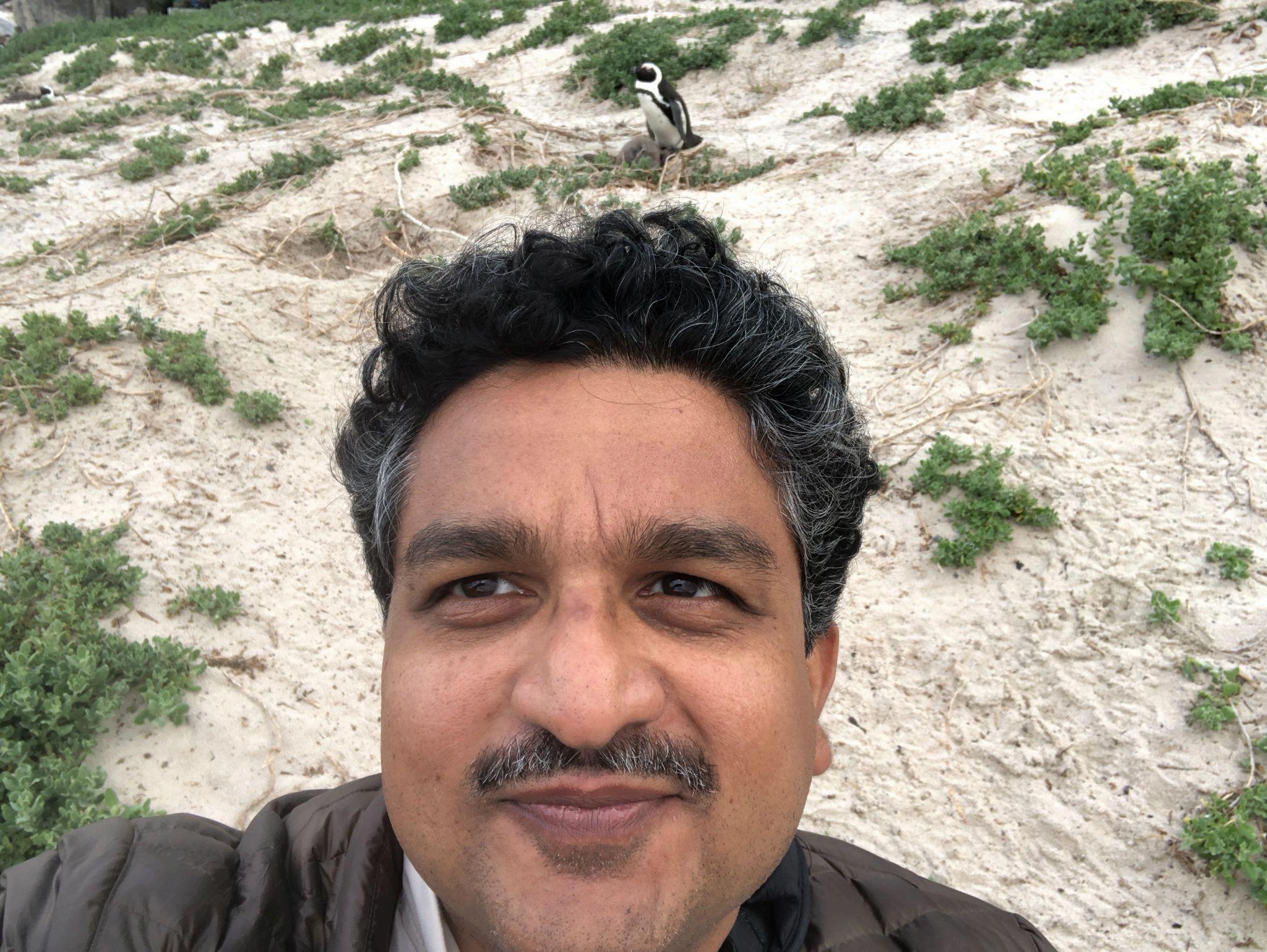Pilgrimage of Understanding: How Interfaith Travel Deepens
Human Connection

Isam Vaid believes that in a world often marked by religious misunderstanding and cultural divisions, interfaith travel stands out as a quiet yet powerful act of bridge-building It offers
more than a chance to explore new destinations; it invites travelers into sacred spaces, traditions, and conversations that challenge assumptions and cultivate mutual respect. Through the experience of interfaith journeys, individuals often find not just a broader view of the world but a deeper understanding of themselves and the shared values that unite humanity across spiritual lines.
Interfaith travel encourages participants to move beyond the familiar and step into the lives of others not as tourists, but as learners Whether visiting a cathedral in Italy, a mosque in Istanbul, a gurdwara in India, or a Shinto shrine in Japan, travelers become witnesses to living faiths that shape cultures, influence daily life, and guide moral choices. These visits offer firsthand experience of sacred rituals, prayer practices, and spiritual symbols that might otherwise be viewed from a distance or misunderstood entirely Such moments open the heart and mind, allowing for genuine appreciation and curiosity to replace inherited assumptions.

What makes interfaith travel particularly powerful is its emphasis on dialogue and encounter It’s not just about seeing places, it’s about meeting people. Conversations with monks, rabbis, imams, pastors, or lay practitioners often become the highlight of these journeys They reveal the personal side of belief: how faith helps someone navigate grief, how prayer informs daily choices, or how ancient teachings are interpreted in modern life. In these exchanges, travelers come to realize that faith, regardless of tradition, is often rooted in common hopes for peace, justice, compassion, and connection.
These experiences also help travelers recognize the diversity within religious traditions No single belief system is monolithic, and interfaith travel underscores this truth. A visit to two different temples or churches may reveal contrasting styles of worship, theology, or community involvement, even within the same religion This nuance broadens perspectives and teaches that understanding others requires listening not just to doctrine, but to lived experience. It’s in these differences that beauty is often found, not as divisions, but as expressions of how humanity seeks meaning in varied ways.

Interfaith journeys are also deeply personal For many, traveling through spiritual landscapes becomes a kind of pilgrimage not necessarily to affirm a particular faith, but to explore the nature of belief itself Being in spaces where people have prayed, mourned, and celebrated for generations evokes a sense of humility and reflection. It may prompt travelers to revisit their spiritual practices, ask more profound questions, or find comfort in the universal rhythms of ritual and reverence This internal dimension of interfaith travel can be as transformative as the cultural exchange it fosters.

Furthermore, these journeys offer a vision of coexistence that transcends tolerance and moves toward appreciation. Standing side by side with others in sacred spaces teaches that respect does not require agreement, and learning about others does not threaten one’s own identity On the contrary, it often strengthens it. By witnessing the sincerity and depth of others’ devotion,
individuals are reminded that faith, in all its forms, is a profoundly human experience, one rooted in the desire to understand life, find purpose, and care for others.

Interfaith travel also carries practical value in today’s interconnected world In global workplaces, diverse communities, and cross-cultural collaborations, the ability to engage respectfully with different worldviews is an essential skill Those who have experienced faith in context, having heard stories, shared meals, and asked questions, are better equipped to navigate these spaces with empathy and awareness. Interfaith travelers become informal ambassadors for peace, having witnessed firsthand the power of human connection that transcends dogma
Ultimately, interfaith travel is not about comparison or conversion; it’s about connection. It’s about recognizing that behind every tradition are people seeking joy, meaning, and understanding. Through these journeys, we learn that the world is not a patchwork of separate beliefs, but a living tapestry woven with threads of shared humanity In walking each other’s sacred paths, we don’t lose our way; we find it together
